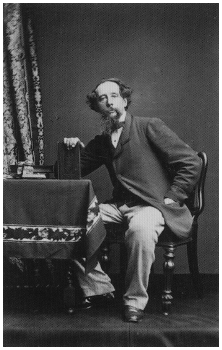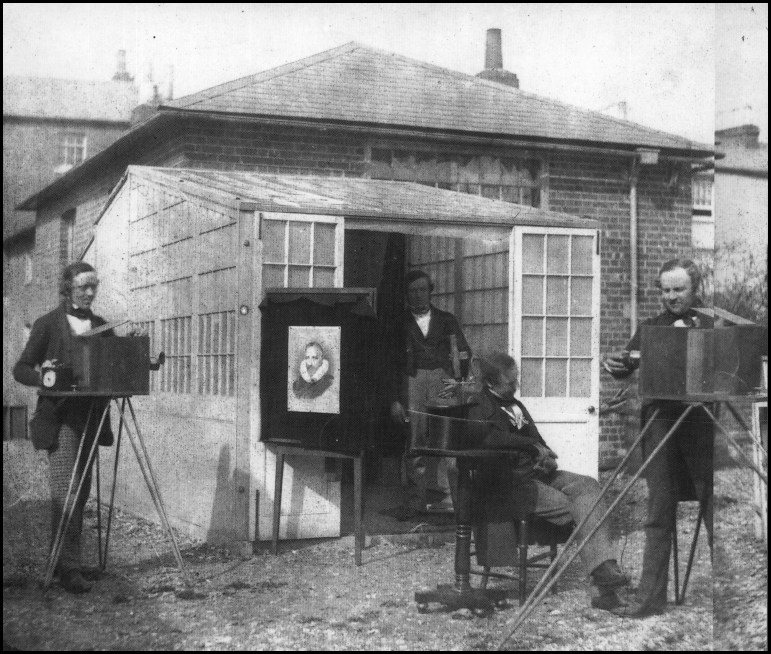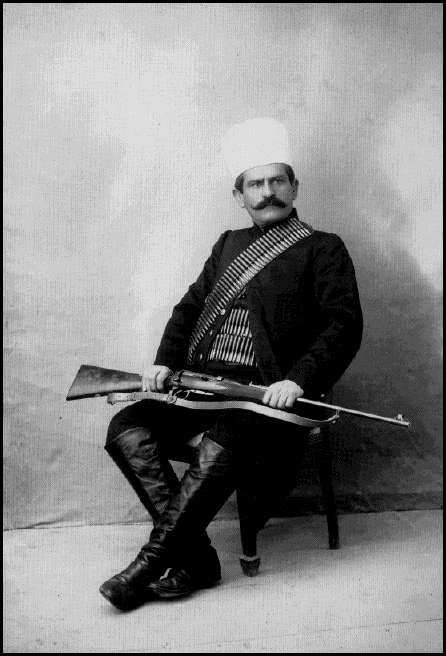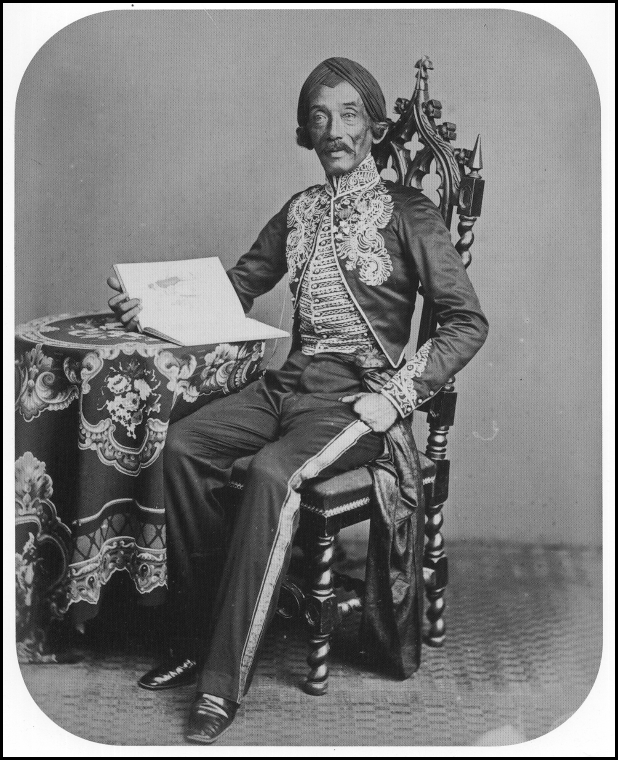Capturing the 19th Century in Photographs
John Falconer,
Louise Hide,
Editors
(The British Library)

Is it the knowledge that they are gone: the scenes, the buildings, even the lakes and rivers and trees, but mostly the people? In Points of View we are offered over two hundred photographs, full-sized, all drawn from the collection at the British Library. From the very earliest, William Henry Fox Talbot's pictures of the abbeys of England, or oaks, or Talbot himself --- unsmiling, frozen: one had to expose oneself for minutes to capture oneself in the early days of photography.
It's the exposure, isn't it? You capture it, and no one can take it away from you ... even if you are only capturing yourself. Whether it is the carefully posed exposures: trees, friends, villages. The trees can't (or shouldn't) move; the friends are best caught when they are sleeping (there is one of those here).
The villages? There are no inhabitants, for the minutes of uncapping the camera, the exposure, the recapping, all wagons and people and animals disappear, will not be "fixed," as later the film will be "fixed" by the chemicals.
Nabokov reported that the one photograph that caused him the most anxiety was a picture taken, a month before he was born, of the porch ... and on that porch a carriage in which he would be (later) sleeping, being moved about. It gave him such a start because at that very moment, the moment when it was "snapped," he did not (yet) exist.

 And also to remind us of who is who, there is a man on the fields at Gettysburg, rifle and cap torn away: he himself on the ground, quite dead. There are two quiet shots from the Franco-Prussian War, letting us know that there wasn't only one massacre at the time (the border wars of South America of the same years are not shown; their mortality figures were greater by far.)
And also to remind us of who is who, there is a man on the fields at Gettysburg, rifle and cap torn away: he himself on the ground, quite dead. There are two quiet shots from the Franco-Prussian War, letting us know that there wasn't only one massacre at the time (the border wars of South America of the same years are not shown; their mortality figures were greater by far.) 